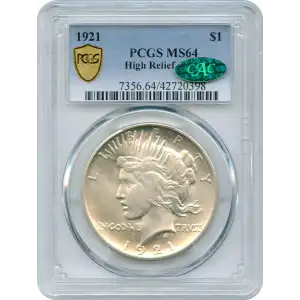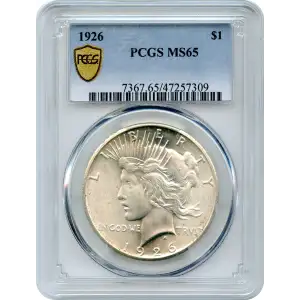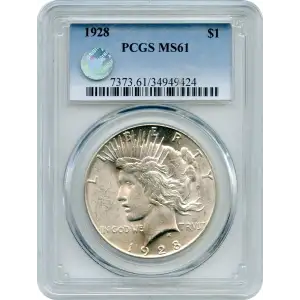- 630-280-7300
- Free shipping over $4,500
After World War I, the idea of honoring peace with a new coin gained traction, championed by numismatist Farran Zerbe at the 1920 A.N.A. Convention. Congress approved the concept, and Anthony DeFrancisci designed the "Peace Dollar," issued under the Pittman Act of 1918 without formal approval. Over one million Peace Dollars were minted in December 1921 and released on January 3, 1922. Due to striking issues with the 1921 high relief design, the relief was lowered for coins struck from 1922 to 1928 and 1934 to 1935. The series ended in 1935 but was briefly revived in 1964, with over 300,000 coins produced at the Denver Mint in 1965 before the plan was abandoned, and all coins were reportedly destroyed. The obverse features Miss Liberty facing left, wearing a spiked diadem, with LIBERTY above, IN GOD WE TRUST and the date below. The reverse depicts an eagle on a rock with a laurel branch, PEACE below, UNITED STATES OF AMERICA and E PLURIBUS UNUM above, ONE DOLLAR near the center, and sun rays from the lower right.



